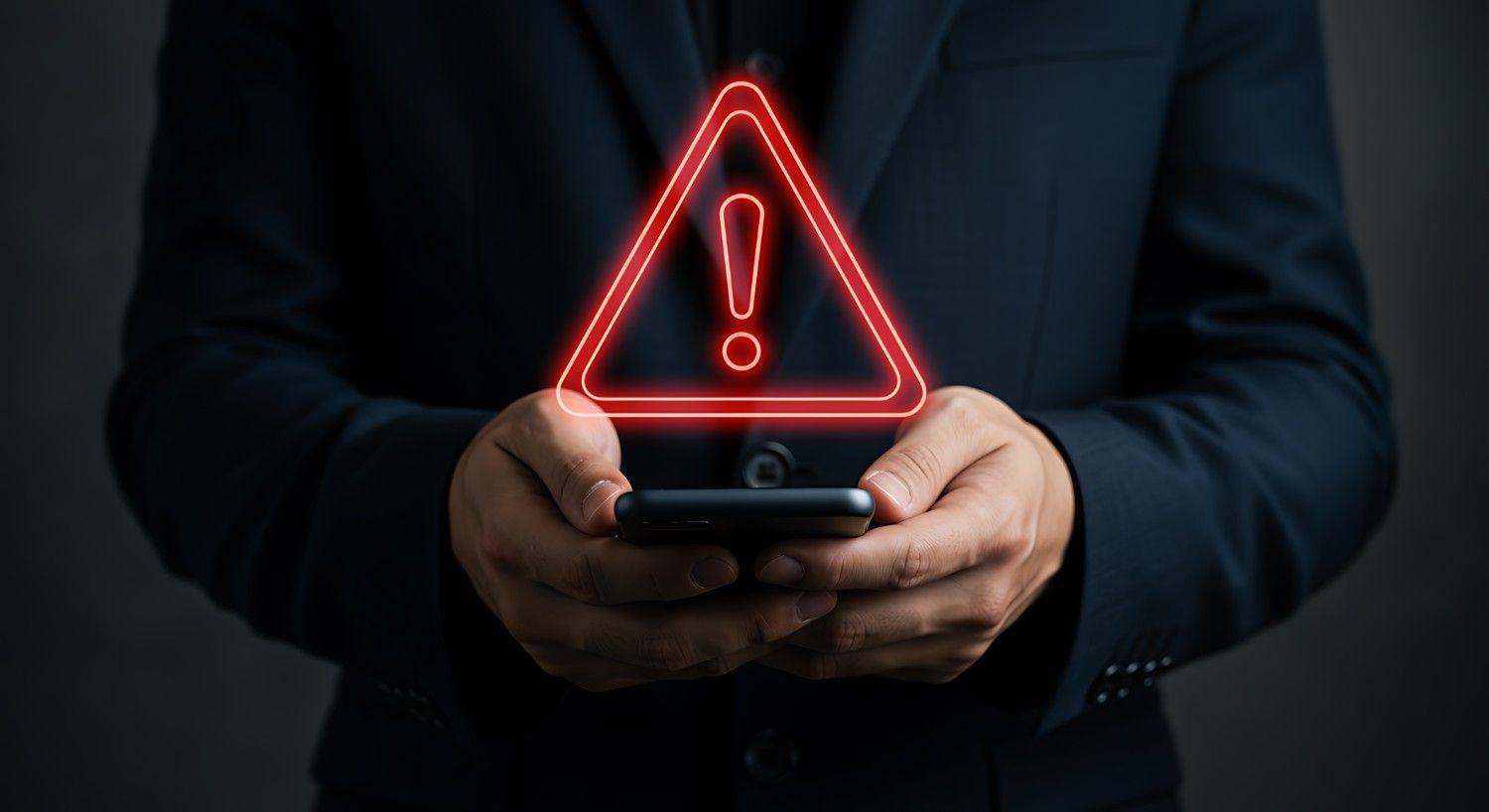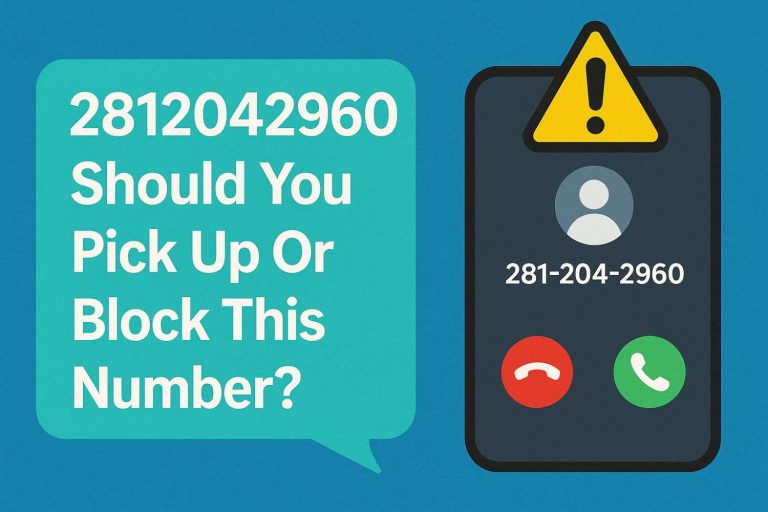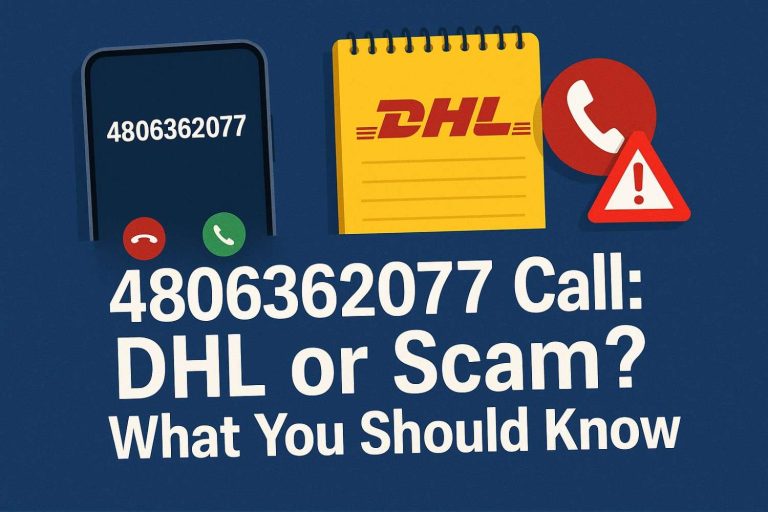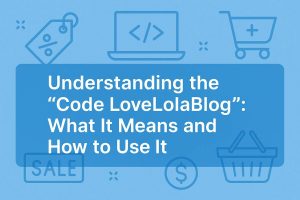If you’ve landed here, you probably just got a call or text from 18337632031 and felt your stomach drop. Same—I picked up out of habit, heard “fraud department,” and froze. I hung up, checked my accounts, and then went down an internet rabbit hole to figure out what this number actually is. Here’s the clear, fact-checked version so you can protect your money without panicking.
What is 18337632031 and why is it calling?
Short answer: it’s a toll-free callback line (833-763-2031) commonly associated with debit-card fraud alerts used by multiple banks via a third-party fraud-monitoring service. Several community reports describe legitimate “Fraud Watch/Fraud Detection” calls and texts routed through this number. For example, Great Southern Bank explicitly says its official Fraud Watch voice calls may come from 833-763-2031.
You’ll also find the same number listed as the “EnFact” fraud callback on Mauch Chunk Trust Company’s contact page—another sign that some banks outsource card-alert callbacks to a shared vendor line.
Is 18337632031 always legit—or can it be spoofed?
Here’s the twist: even when a number is used for real bank alerts, scammers can spoof caller ID to make their phishing calls look legit. Spam-call databases like Nomorobo have flagged (833) 763-2031 as a phishing robocall with transcripts referencing banks like Hancock Whitney—classic social engineering to get you to share credentials or card details. Bottom line: treat any surprise “fraud” call as unverified until you independently confirm with your bank.
Crowd-reporting tools (Truecaller, YouMail, etc.) show a mix of legitimate alerts and suspicious activity for this number—exactly what you’d expect when a real vendor line is widely reused and targeted by spoofers.

Who actually uses 18337632031?
Multiple U.S. banks (and their vendors) appear in the orbit of this number. You’ll see Great Southern Bank citing it for Fraud Watch calls, and Mauch Chunk Trust listing it for “EnFact” debit-card fraud callbacks. Separate user reports mention Old National Bank and other institutions in voicemails that reference card holds and case numbers. The pattern suggests a centralized fraud-monitoring provider supporting many banks. Still, you should never rely on the incoming number alone to verify identity—always verify through your bank’s official channels.
How should you handle a call or text from 18337632031?
- Don’t share information on the spot. Hang up.
- Call your bank directly using the number on the back of your card or from the bank’s website/app. Ask if a fraud case is open.
- Check your card activity in the app while you’re on a verified line with your bank.
- If the alert was real, your bank can resolve it immediately. If it was spoofed, you just dodged a scam. (Many banks educate customers to expect alerts but still confirm through official channels.)
Is texting back “YES/NO” safe?
Legitimate card-fraud SMS programs let you reply YES/NO to confirm a transaction—but only if you’ve previously enrolled and the short code matches your bank’s published codes. For example, Great Southern Bank lists 37268 or 20733 as valid Fraud Watch text codes; if a text comes from some random number, don’t respond—call the bank instead.
What if the message mentions DoorDash, a specific bank, or a “case number”?
Phishers borrow real-sounding details (brand names, last four digits, case IDs) to push urgency. There are community posts about voicemails claiming to be “DoorDash Fraud” or naming a specific bank. Treat those as unverified until you confirm with the company through its official support portal or app. Never call back the number in the voicemail; navigate yourself to the real support page.

How do I block or report calls from 18337632031?
If your bank confirms the call wasn’t theirs, block the number and report the incident.
- Carrier or device blocking: silence or block unknown callers in your phone settings.
- Third-party apps: Nomorobo and others can help filter robocalls; this specific number has a spam/phishing tag there.
- Regulators: You can report phishing calls to the FTC (DoNotCall.gov) and log scams with the BBB Scam Tracker so others see the pattern.
Frequently Asked Questions
1. Is 18337632031 a real bank number or a scam?
Both possibilities exist. Some banks (via vendors) legitimately use 18337632031 / 833-763-2031 for fraud-alert callbacks. However, scammers spoof the same number to trick people. That’s why the safest move is to hang up and call your bank directly using the number on the back of your card or in the official app—never the number that called you.
2. The voicemail gave a case number and said my card is frozen—should I call back?
Don’t call back the number in the voicemail. Case numbers sound official and are used by real banks, but phishers copy that style too. Instead, call your bank through a verified channel and ask them to check for any holds or cases on your account. If it’s real, they’ll see it and resolve it; if not, you’ve avoided a scammer’s trap.
3. Can 18337632031 text me and ask me to reply YES or NO?
Some banks use short codes for fraud SMS verification. If your bank publishes those codes and you recognize them, replying YES/NO can be fine. If the text comes from an unfamiliar long number or looks off, don’t reply—contact your bank to confirm the alert.
4. I use DoorDash/other services—why would 18337632031 mention that?
Phishing messages sometimes name brands (like DoorDash) to build credibility and urgency. Even if details sound accurate, treat the message as unverified until you confirm with the company’s official help center or app chat.
So… what’s my take on 18337632031? (And the money-saving move you should make.)
Here’s my sassy but safe rule: assume nothing, verify everything. 18337632031 shows up in real bank workflows and in spoofed phishing attempts. When it rings, don’t engage—end the call, open your bank’s app, and use the support number printed right there (or on your card). Two extra minutes of caution beats hours of headache canceling cards, filing disputes, and changing passwords. Your future self will thank you.











